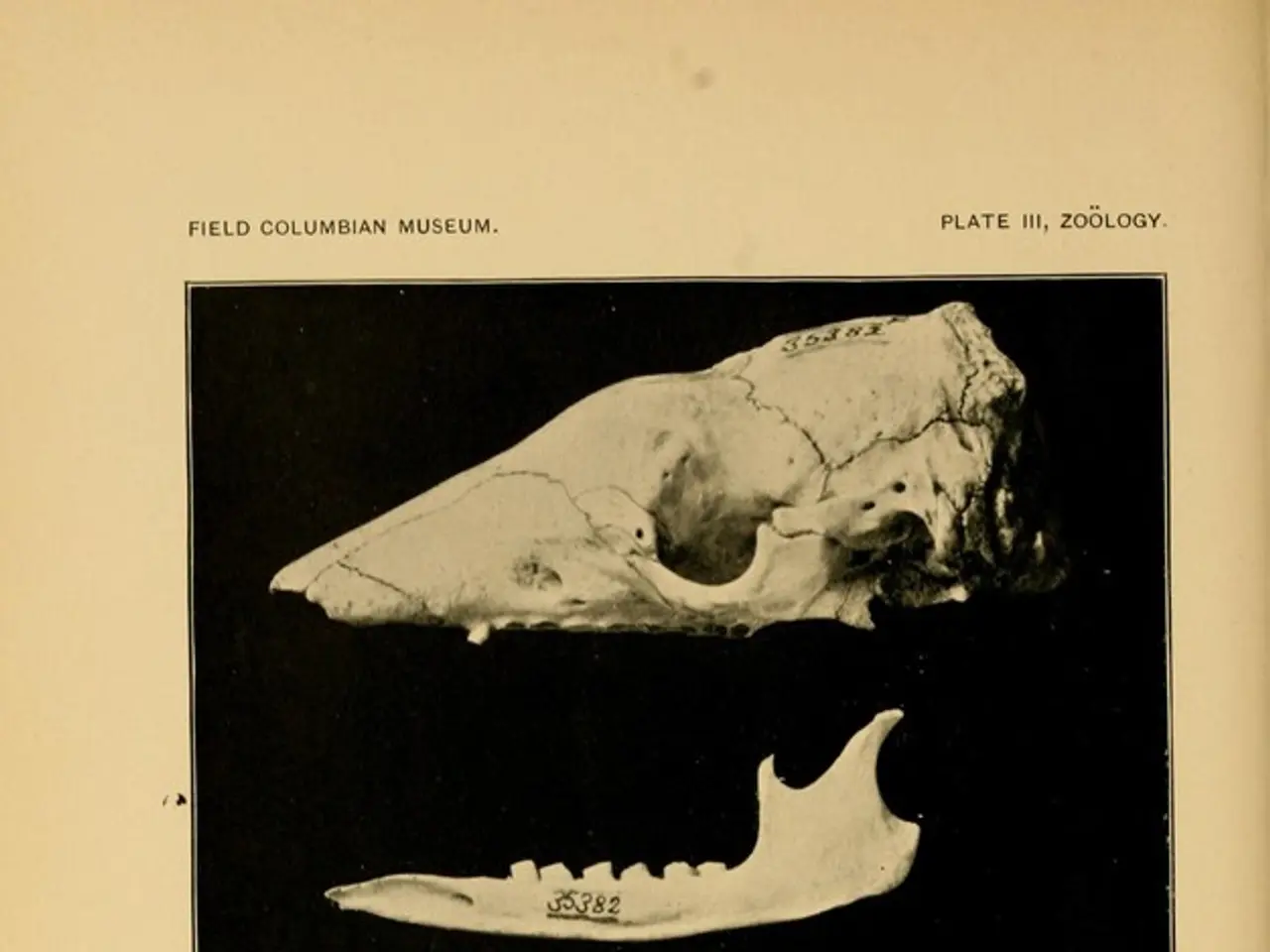Domestic Workouts for Osteoporosis: Exercises You Can Perform at Home
Staying active is essential for maintaining good health as we age, and this is especially true for those with osteoporosis. The National Osteoporosis Foundation recommends that older adults get 150 minutes of exercise each week, including balance training, aerobic exercise, and strength training. However, for those with osteoporosis, it's important to avoid high impact types of weight-bearing exercise and opt for moderate or low-intensity options instead.
Weight-bearing exercises are crucial for building bone density and preventing osteoporosis. These exercises involve moving the body's weight against gravity with the legs and feet supporting the body's weight. Key examples of weight-bearing exercises for people with osteoporosis include:
- Brisk walking
- Stair climbing
- Dancing
- Step-ups (stepping onto a sturdy platform and back down)
- Low-impact aerobics
- Resistance training with weights, resistance bands, or body weight, such as:
- Squats (weighted or body weight)
- Leg presses
- Bicep curls with dumbbells
- Seated rowing
- Wall push-ups
- Dumbbell shoulder presses
For safety, especially if osteoporosis is advanced, avoid high-impact exercises like jumping or twisting motions like sit-ups unless approved by a healthcare provider. Aim for around 30 minutes of weight-bearing exercise twice a week or resistance training 2-3 times per week with 8-15 repetitions per set.
Low-impact weight-bearing exercises include walking or marching, stair climbing, gentle heel drops, and stamping. For people with osteoporosis who cannot do 150 minutes per week of moderate-intensity physical activity because of their health, they should aim to be as physically active as possible.
For those with osteoporosis who have a bone break or fracture, their doctor may advise them to avoid high-impact weight-bearing exercises and stick to lower-impact alternatives. People with osteoporosis should discuss any new exercise program with a doctor before they start.
Resistance training is also important for improving bone density in people with osteoporosis. Examples of resistance exercises include leg lifts, sit-to-stands, and shoulder squeezes. In the stepup exercise, a person steps up and back down again, holding on to a rail or the wall if needed, and repeats 8-10 times on each leg. In the sit-to-stand exercise, a person slowly stands up and sits down again, using hands for support if needed, and repeats 8-10 times. A person can perform shoulder squeezes by sitting on the edge of a chair with their hands by their sides, gently turning the thumbs out and reaching the arms backward, squeezing the shoulder blades together and pushing the fingertips toward the floor, holding for 5 seconds, and repeating 8-10 times.
Aerobic training, especially types involving high intensity and speed, may help reduce bone density loss. If a person is not physically strong enough or cannot exercise regularly, they can aim to avoid sitting for a long time by standing up for a few minutes every hour. For people with osteoporosis who have spinal fractures or cannot do moderate exercise, they can aim for 20 minutes of lower-impact exercises on most days.
According to the Royal Osteoporosis Society, most people with osteoporosis should aim for around 50 moderate impacts on most days. Moderate impact weight-bearing exercises include Highland dancing, jogging or running, team or racket sports, skipping or hopping.
In conclusion, weight-bearing exercises are essential for maintaining bone density and reducing the risk of falls and fractures in people with osteoporosis. Key examples of weight-bearing exercises include brisk walking, stair climbing, dancing, step-ups, low-impact aerobics, resistance training, and moderate impact weight-bearing exercises like Highland dancing, jogging, or team sports. Always consult your doctor or physical therapist before starting a new exercise routine for osteoporosis.
[1] National Osteoporosis Foundation. (2021). Exercise and Physical Activity. [online] Available at: https://www.nof.org/patients/treatment/exercise-physical-activity/
[2] Royal Osteoporosis Society. (2021). Exercise and physical activity. [online] Available at: https://www.theros.org.uk/information-for-healthcare-professionals/clinical-guidelines/exercise-and-physical-activity/
[3] National Institute on Aging. (2021). Exercise and Physical Activity. [online] Available at: https://www.nia.nih.gov/health/exercise-and-physical-activity
[4] Mayo Clinic. (2021). Osteoporosis prevention, diagnosis, and treatment. [online] Available at: https://www.mayoclinic.org/diseases-conditions/osteoporosis/diagnosis-treatment/drc-20373081
[5] American Academy of Orthopaedic Surgeons. (2021). Exercise and Osteoporosis. [online] Available at: https://orthoinfo.aaos.org/en/staying-healthy/exercise-and-osteoporosis/
- Weight-bearing exercises, such as brisk walking, stair climbing, and dancing, are crucial for individuals with osteoporosis to build bone density and lower the risk of falls and fractures.
- For those with advanced osteoporosis, it's essential to avoid high-impact exercises like jumping and focus on low-impact options like walking or marching, or exercises like step-ups and resistance training.
- Resistance training, which includes leg lifts, sit-to-stands, and shoulder squeezes, is an effective way to improve bone density in people with osteoporosis, but always consult a doctor before starting a new program.
- Consulting professional resources like the National Osteoporosis Foundation, Royal Osteoporosis Society, National Institute on Aging, Mayo Clinic, and American Academy of Orthopaedic Surgeons can provide valuable information for understanding and managing osteoporosis, including exercise and fitness recommendations.




